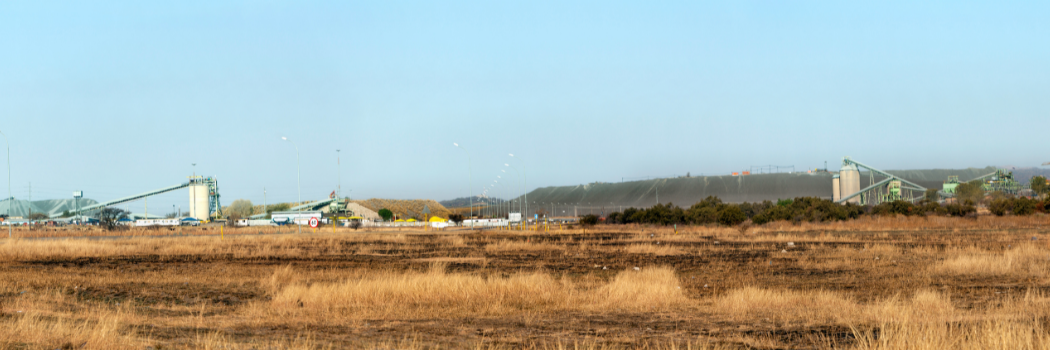“Senzenina: What have we done?” We are all entangled in the politics of peace

On International Day of Peace, 21 September, Professor Stefanie Kappler from our School of Government and International Affairs reflects on the politics of peace in relation to art and, in particular, the work of South African artist and activist Haroon Gunn-Salie.
In 2012 I travelled to South Africa shortly after what came to be known as the ‘Marikana massacre’. Thirty-four striking miners had been killed by police and security forces, with many more injured, at Lonmin’s Marikana platinum mine near Rustenburg. I distinctly remember the public outcry at this unnecessary and brutal act of violence. I witnessed a speech by Archbishop Desmond Tutu that left the audience (including myself) in chills about the state of democracy in South Africa and the violent aftermath of apartheid rule. As a Peace Studies scholar, I wondered about the lingering structures of violence in society, and the importance of addressing poverty and inequality in the search of just peace.
What have we done
In 2018, South African artist and activist Haroon Gunn-Salie launched his art installation entitled “Senzenina” (“What have we done”) to commemorate the fate of the Marikana miners. Launched in New York, the installation depicts 17 headless miners, crouching and kneeling, in the midst of a soundscape the artist was able to recreate from the mine where the workers were shot. The installation was eventually also shown at London’s Frieze Festival – a deliberate move by the artist, given that the company running the Marikana mine, Lonmin, originated in imperial London. Perhaps the story of the miners is not a uniquely South African one: it connects to #BlackLivesMatter in the US and New York, where people would take the knee with the sculptures. It links to Lonmin in London, and perhaps even to places like Durham, which is home to a living history of mining and the associated strikes in the 1980s.
Senzenina tells us about these global connections and makes us think about our own complicity with histories of violence. Who is to be held accountable for the violence that emerges from a context shaped by colonial violence and global forms of inequality?
The power of artwork
I am curious about the power of artwork, such as Gunn-Salie’s, in the politics of peace. Senzenina tells us about the layers through which political violence materialises, and it is a call for the audience to acknowledge, confront and engage. It asks us to explore the meaning of peace and democracy in the presence of poverty and inequality. Does peace mean anything without justice, dignity and equality? And how can we remember the victims of the massacre in a way that suggests meaningful and just ways of addressing legacies of violence?
Senzenina is perhaps a call for us all to think about such questions. Like other art installations, it is constrained by the public platforms it is given and it cannot do the political work for us. But it can make us think about how violence is transnationally connected and build networks of solidarity that help us consider peace in an inclusive, connected way.
Find out more
- Professor Stefanie Kappler works in our School of Government and International Affairs which is ranked 7th in the UK for Politics in the Complete University Guide 2023.
- We offer a range of research-led and world-leading programmes, including our MSc Conflict Prevention and Peacebuilding. The programme equips students with theoretical and empirical knowledge of the complex areas of peacebuilding. Including conflict analysis, prevention, resolution and transformation, community-driven reconstruction, and peace processes in the context of contemporary conflicts and broader international (humanitarian) interventions. Interested to find out more? Visit our SGIA postgraduate taught webpage.
- During a conflict, would you know what urgent actions need to be tackled? Watch this latest video where our students put their learning into action during their Capstone Humanitarian Intervention Simulation.
- Top header image caption: Lonmin’s Marikana platinum mine near Rustenburg, South Africa


/prod01/prodbucket01/media/durham-university/campaign-sites/general-election-2024-hub/Election-Banner-1920X640.jpg)